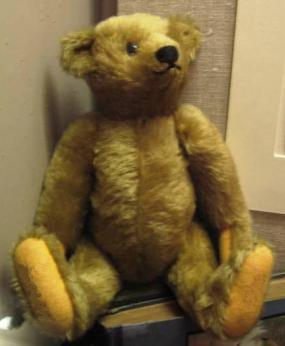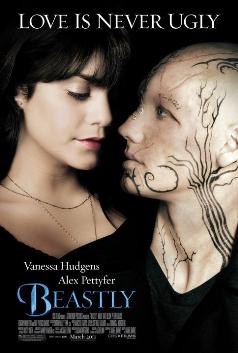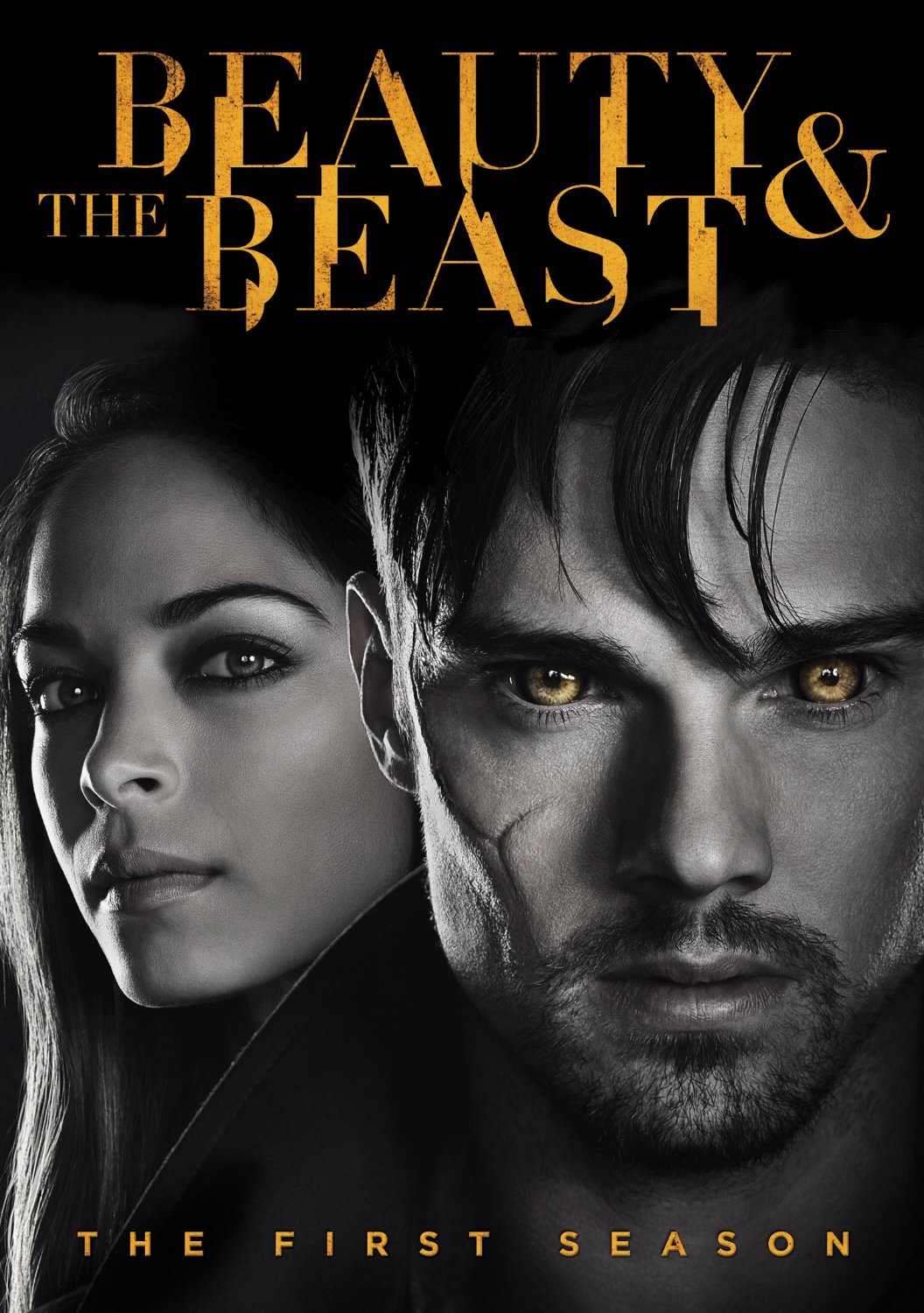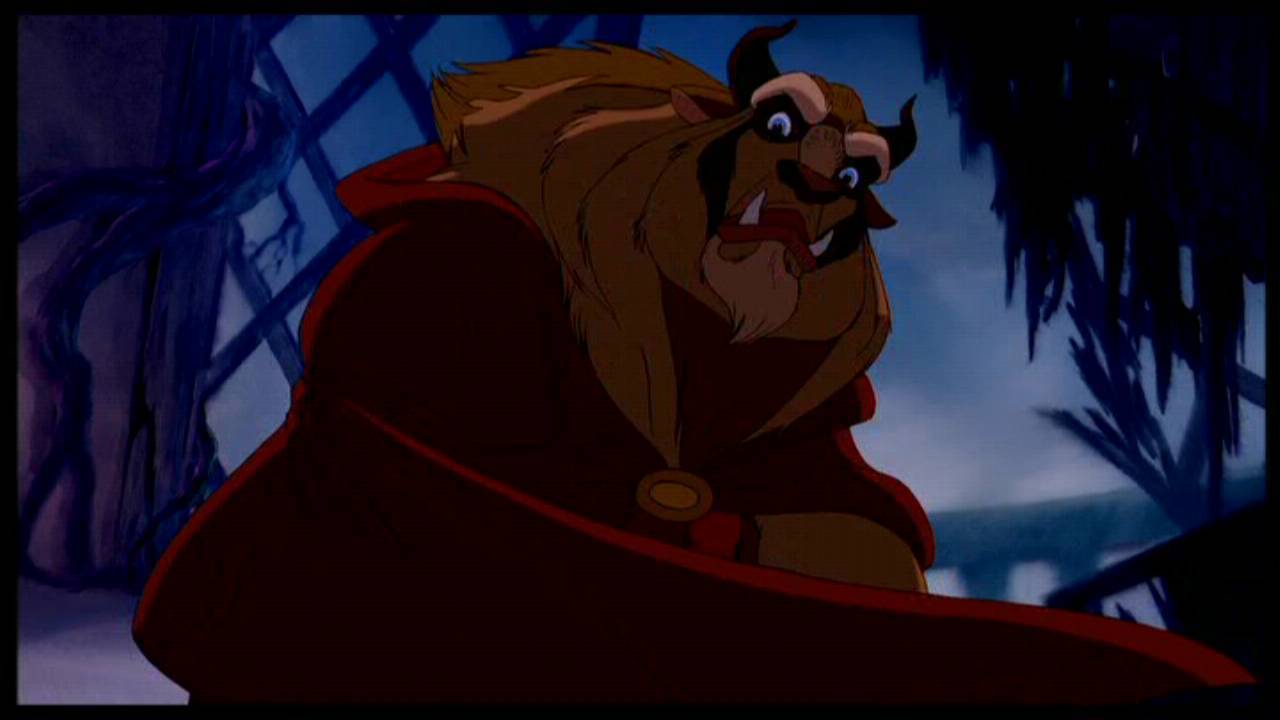Dog fight illustration-1870
To audiences hundreds of years ago, animals such as a wolf in the forest or a Beast demanding your daughter would have been truly frightening. When much of the land people lived in still contained wild animals, attacks would have been a regular risk. We tend to only see wild animals contained in zoos or translated into cute, fluffy toys for children-even the teddy bear is a relatively recent invention, thanks to Teddy Roosevelt.
Replica of the original Teddy Bear
Older folk versions of Animal Bridegroom tales feature husbands that were clearly ugly and undesirable. They were not man/beast hybrids that were essentially more hairy and masculine men; they were straight up animals who could also talk and desire brides. The Beast has been everything from pig to frog to snake. This unusual husband was never meant to be attractive.
Eleanor Vere Boyle, 1875
In Villeneuve's 1740 story that sparked the "Beauty and the Beast" tradition as we know it, although she was possibly the first to make the Beast a hybrid creature; he was, if anything, a more horrifying combination of animals-a trunk like an elephant and a scaly covering that clanked when he moved.
Anne Anderson, 1935
Anonymous, for the Charles Lamb poem-1887
Beaumont's 1756 story, a shorter version of Villeneuve's, was directed towards young girls as part of their moral education. In hers, the Beast is never given a specific description. For years, illustrators had full range of imagination when creating the Beast, but he was still, in general, animalistic, and completely undesirable husband material.
W. Heath Robinson, 1921
Charles Robinson, 1911
It may seem disturbing to indicate bestiality, or imagine such a union. There are a couple explanations for why authors suggested such a marriage. I think some of the tellers of earlier tales may have been trying to communicate the horrors of arranged marriage-young girls being forced to marry older men, sometimes abusive or domineering, but with no other option. By the time Beaumont wrote her version, the moral was more along the lines of how an obedient wife could transform a beastly husband into a gentleman. But Villeneuve is clear about her message: the importance of marrying not for looks, money, or wit, but how kindness and character are the most important qualities to look for in a husband. The moral is enforced even more in some versions (such as Eleanor Vere Boyle's 1875 story) by contrasting Beauty's happiness to her sisters, who married for looks and wealth and regretted their decisions when their husbands ceased to treat them well. This moral is still often attached to the story today, the idea of looking beneath the surface: "do not judge by appearances, for beauty is found within."
Edmund Dulac-1910
H.J. Ford, 1889
But the image of the Beast has changed drastically since the days of Villeneuve and Beaumont. Two main things have happened: he has become tamed, and sexualized.
The more man took control of animals, the less fearsome wild animals became. They were now exciting, something to see in a circus or zoo or take home as a pet. Some images of the Beast became downright cute and cloying.
Clyde Beatty, lion tamer, 1932
My own plush Disney Beast doll
Jessie Wilcox Smith, 1911
A.L. Bowley, 1920
Margaret Evans Price, 1921
Phantom of the Opera Film-2004 (Musical-1986, book-1909)
First Twilight book published 2005
Beastly-2011
The CW's Beauty and the Beast-2012-present
Once Upon a Time-Rumpelstiltskin/Beast-2011-present
These are the mainstream versions of BATB that most people are still familiar with. There are some more foward thinking authors who have taken the next step, which is to embrace the Beast's animal nature-he might not transform, he is considered atttractive the way he is; sometimes the Beauty character turns into an animal as well-in the writings of Angela Carter, Tanith Lee, Francesca Lia Block, and Robin McKinley. With these stories, his animalistic nature is thought to represent his sexual nature, which we no longer suppress the way they did in Victorian times.
Disney's Beast-1991
Yet these examples, while they might represent some of the most modern takes on BATB, are ones that are generally read only by people who actively search out versions of BATB and other fairy tales, not by the general population. For the masses, the Beast is still a Disney buffalo-like creature, or a series of storybook illustrations. We don't find him fearsome anymore, in fact, there's this idea that it's Beauty's role to find him attractive-yet there are virtually no examples in which men are rewarded for loving a less-than-attractive woman ("Shrek" is a parody; other examples, like Gail Carson Levine's "Fairest," will probably never be read by boys anyway-other older fairy tales, such as "Green Snake" or variants of "Frog Princess", are virtually unknown). Many women are intrigued by the idea of loving the brooding, misunderstood genius, but we've lost that element of horror associated with marriage to a Beast.





















For the record, as described in the original book version of Beastly by Alex Flinn, the Beast-analogue actually looked beast-like, not like a guy with weird scars and tattoos.
ReplyDeleteI'll admit I haven't actually read the book, although that makes it all the more ridiculous that the film version chose to make him look like he lived an alternative lifestyle and not have a deformity.
DeleteHi Kristin,
ReplyDeleteFirst a Happy New Year to you! Thank you for this awesome blog site, and looking forward to more of your great writing.
In regards to Beastly (the movie, not the book), my interpretation was that the Beast character was supposed to change into something that he hated, but image-wise the "average" viewer wouldn't find anything wrong with him, so for film this would be easy for viewers to sympathize and find romantic.
Speaking of which, do you think that the original tale has any romantic overtones at all? I really can't see any, and that has always been something that got under my skin about the original. I know there's the whole "arranged-marriage" and "loving in spite of beastly nature" themes, but I think that the BatB plot has changed because of society's own changing attitudes toward love and romance. As a result it has made it really difficult for me to get a solid idea of what "love" is at the core of BatB. Or maybe it really just depends on the writer and particular story?
As far as Beastly goes: that really does change the interpretation, if the Beast needs to appreciate average as well as ugly. I also read somewhere that in the book, the Beauty character is more nerdy and not considered that beautiful and therefore casting Vanessa Hudgens ruined that insight into the story-that he can love a woman who is less than what he considered to be attractive.
DeleteEven so, it still fits into the larger trend that Beasts are getting more and more attractive in general. There are exceptions, like the 1980s tv show in which he's pretty much a walking lion, but not too many.
And you're right, there isn't very much passion or romance in Villeneuve's Beauty and the Beast. It's very much a practical choice to marry him, because he was so good to her, although at the end when she thinks he's dying doesn't she say she realized she couldn't live without him? I'm out of town at the moment and don't have my books to check...but still definitely way less "romantic" than our culture wants love stories to be, and has since interpreted BATB.
By "average" I meant a viewer who watched the film in general--I didn't clarify what that meant so I thought that
ReplyDeleteI should add that in. In the film every person (except Lindy) who encounters the Beast character finds him repulsive, but as an audience we really don't see him that ugly. Personally I thought that the Beast was okay and it was a little weird that many characters looked at him as though he was a monster (Although maybe they were just scared of his tattoos? He would seem intimidating at first glance.)
I have no idea whether he had to appreciate "ordinary" (which is what I think you're saying) in the book as well. I like this interpretation, though, especially when it comes to Lindy's (the Beauty in the story) actual looks.
It's ironic when BATB movies end up telling viewers that we should find something more average to be horrifying...like in the movie "Penelope," everyone was screaming and running from her pig nose when in reality it just would have gotten a lot of awkward stares. Does the world of celebrities juxtaposed with a fake deformity accentuate the difference between ugliness and beauty even more?
DeleteI'm beginning to think I need to read this book, it's sounding a lot better than the movie and would frankly make blog discussions easier!
You can see this trend in adaptations of Phantom of the Opera as well. Just compare the corpse-like Lon Chaney in 1925 to Gerard Butler and his "deformity" in 2004! I think the director of the 2004 version even said he didn't want to make the Phantom so ugly that a woman would not want to kiss him. *facepalm*
ReplyDeleteI wonder if the new Disney adaptation will try for a more hideous beast, though deep down, he'll probably just be some mildly weird looking CG concoction.
Facepalm indeed-that's the whole reason it was so courageous and unexpected for Christine to kiss the Phantom when she did!
DeleteI hated the fact that ONCE has for some weird reason or another dropped the Beast character and given Belle to a such unlikable guy plus, his castle, and some pieces of his story arc over basically the writer's "daring" of a mad sorcerer villain?. Just so we "kind of " feel sorry for Rumple ?
ReplyDeleteIt's kind of strange of ONCE UPON A TIME that the other "BEAST" character Ruby/Red Riding Hood(she is a werewolf) actually has some aspects that remained me of more of the Beast(in better way in fact) then there "proper" one!!!!
Aaand this is why I stopped watching OUAT around season 1...I don't know how the plot continued but in early episodes it really did seem more like Stockholm Syndrome, one of the things lots of people already complain about BATB. I didn't usually mind watching the show itself but I found I never really wanted to watch the next episode so I just stopped.
DeleteWhat’s up to every one, the contents existing at this web page are truly remarkable
ReplyDeletefor people knowledge, well, keep up the good work fellows.
ReplyDeleteI will be waiting for your next write ups thank you once again.
ReplyDelete